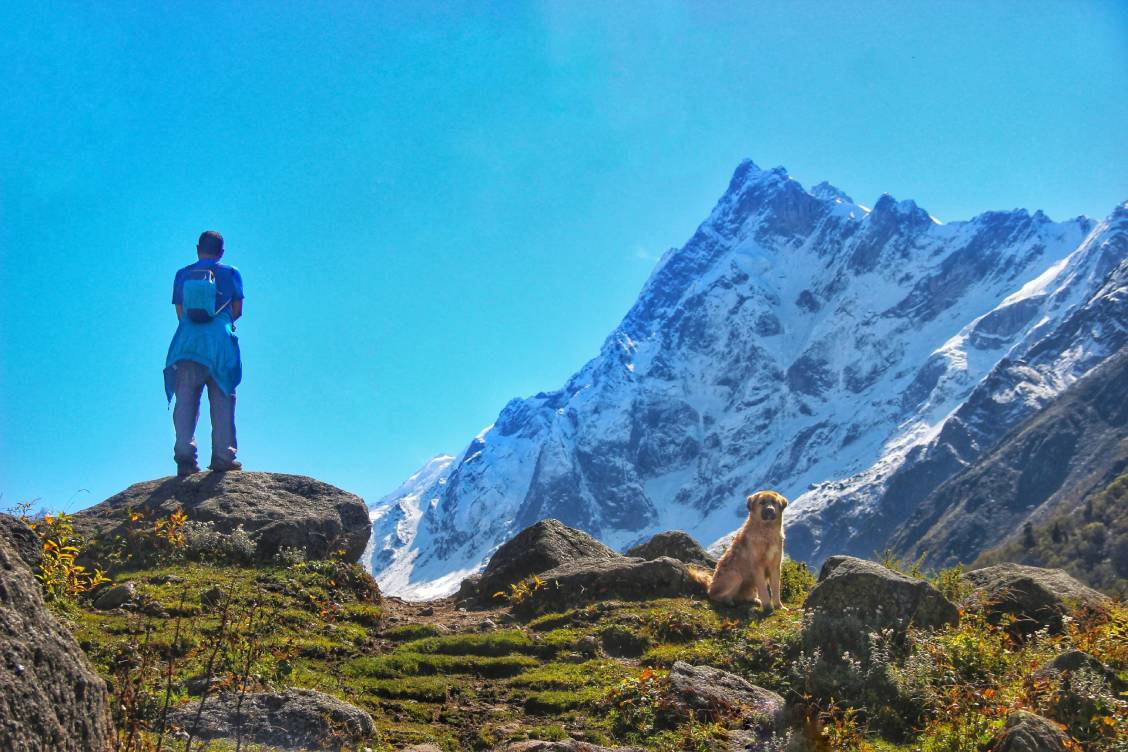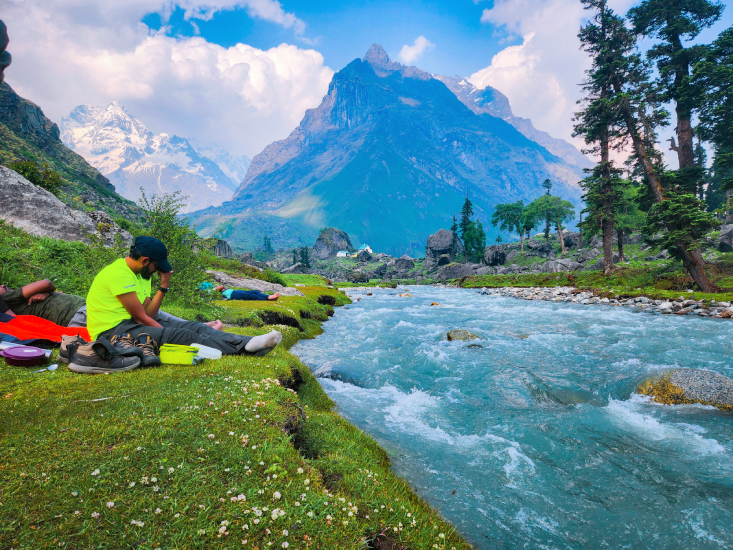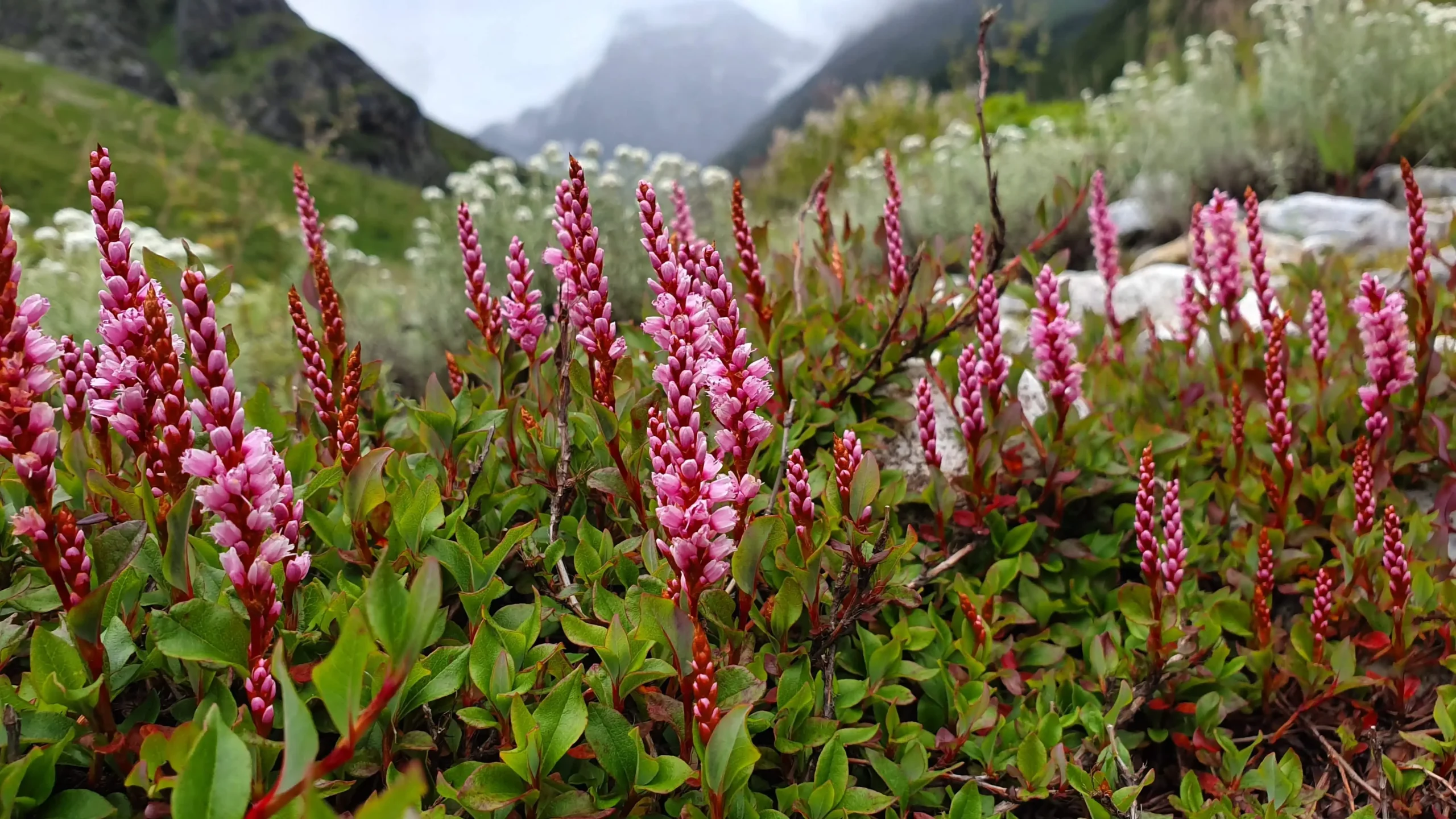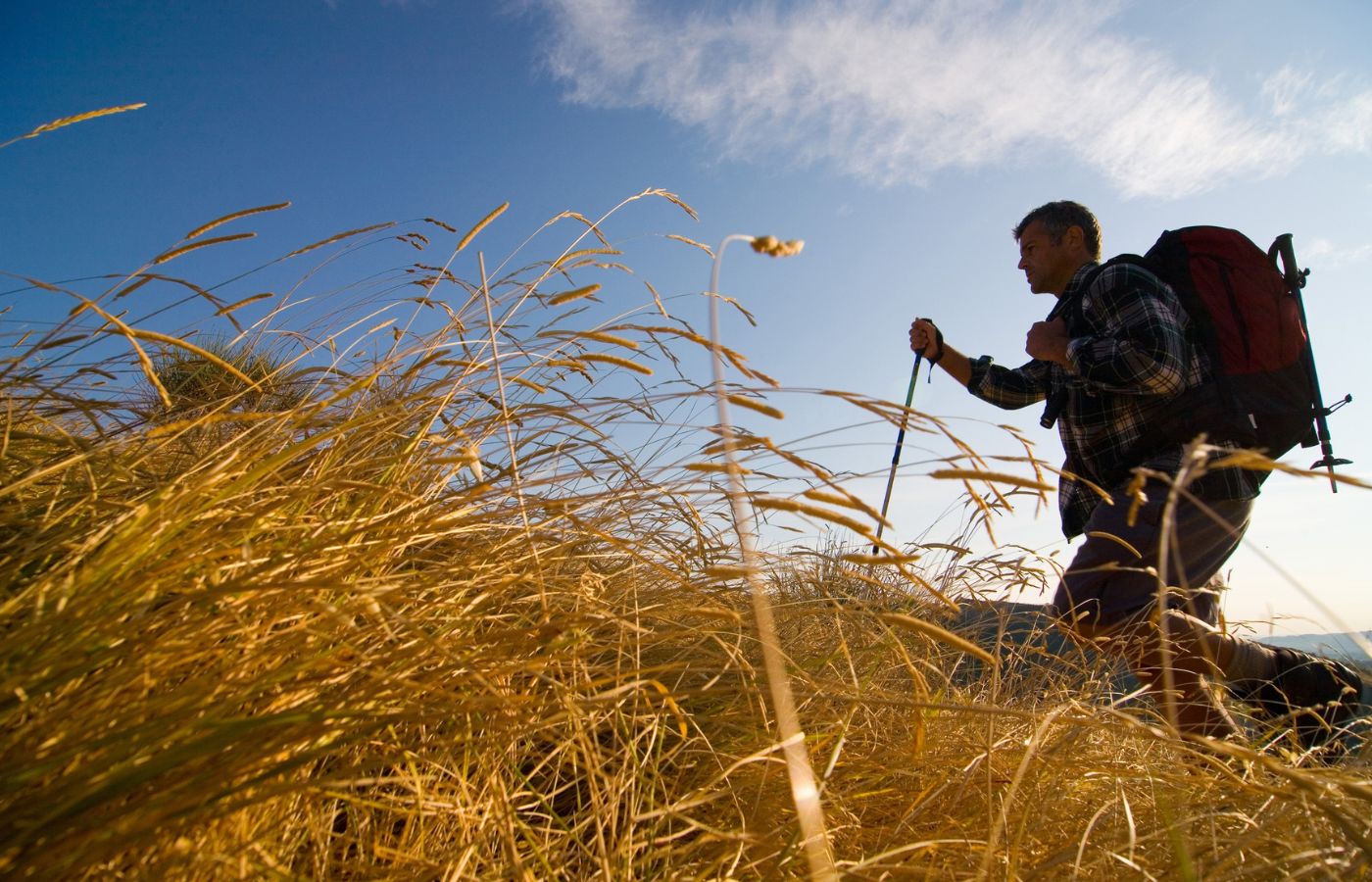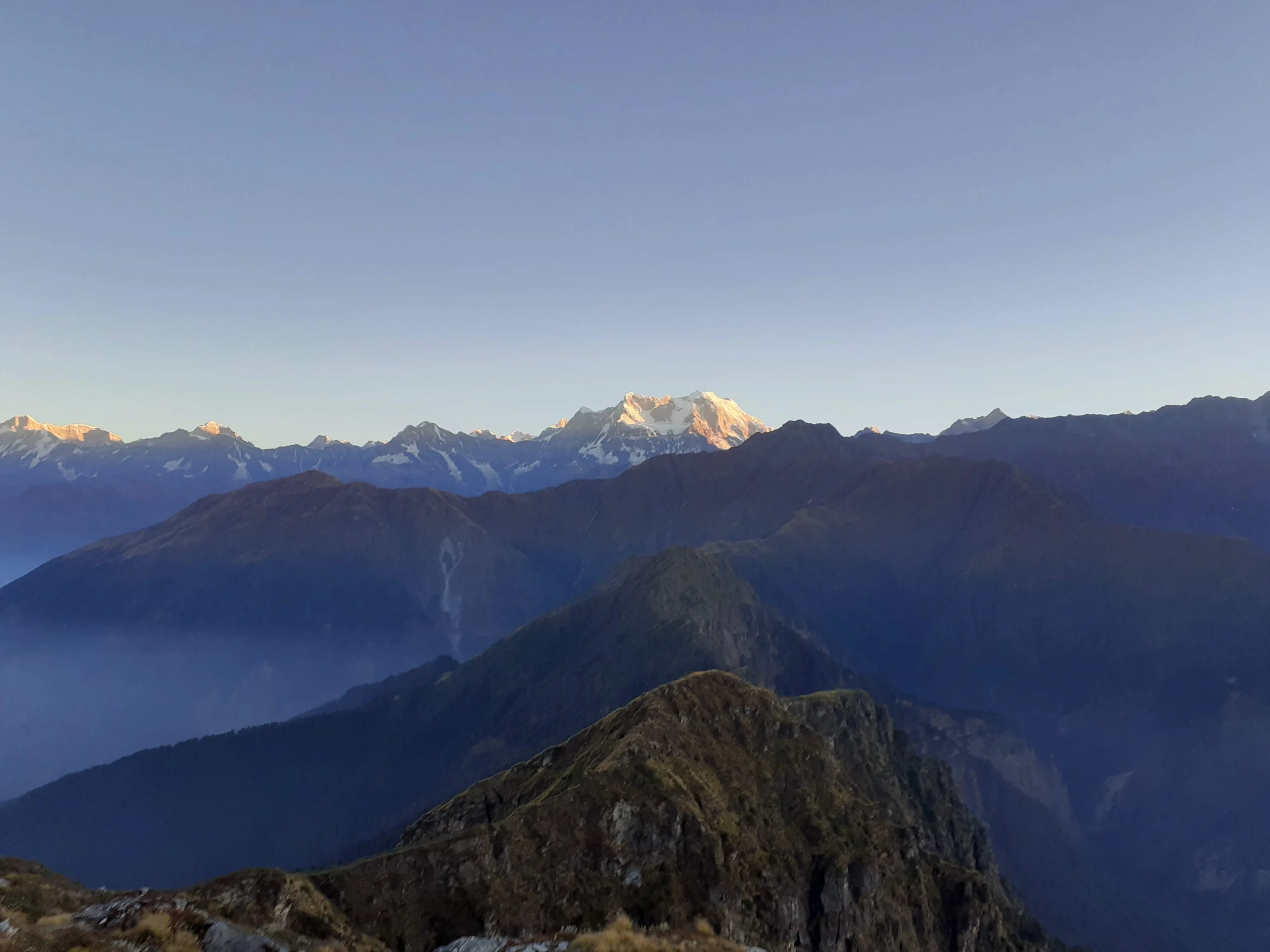In the Himalayas, trekking is nothing less than a dream: snow-capped mountains, peaceful valleys, air so pure it seems like freedom itself. Many passionate hikers are unaware that thin air can become challenging beyond a certain height.
In extreme forms, high-altitude cerebral edema (HACE) and HAPE (High Altitude Pulmonary Edema) can transform into life-threatening diseases beyond headaches or tiredness. Whether your destination is Kedarnath, Everest Base Camp, or Stok Kangri, knowing these is absolutely essential before commencing on any high-altitude path.
This is not a standard trip-prep checklist.
It’s about knowing how your body responds to altitude, how to spot early warning signs, and what to do since being ready might literally save your life.
Why Altitude Sickness Consciousness is Paramount ?
Neither first-timers nor experienced hikers should be on the receiving end of altitude sickness.
At heights usually above 2,500 meters (8,200 feet) there is a physiological reaction to less oxygen availability.
Air pressure lowers, and every breath you take supplies less oxygen to your body as you ascend. This can lead to slight pain to severe, even fatal problems.
The most important lesson is that if you know about altitude sickness, it is avoidable, treatable, and reversible.
Acute Mountain Sickness (AMS)
The most frequent type of altitude sickness, acute mountain sickness (AMS), usually shows up as the first warning signs as your body is trying to cope with less oxygen.
Usually, it is brought on by fast climb without appropriate acclimatization, dehydration, overuse, pre-existing medical issues, or even genetic sensitivity. Usually starting six to twenty-four hours after ascending altitude, symptoms show mainly in those who have ascended more than 500–700 meters in a day.
Typical complaints include headaches, nausea or vomiting, vertigo, tiredness, appetite loss, and difficulties sleeping.
Ascending slowly—ideally no more than 300 to 500 meters daily above 2,500 meters—helps to prevent AMS. Rest days following every 1,000 meters of elevation aids in body acclimation. Maintaining hydration is also crucial; daily suggested consumption is three to four liters of water. Given they cause suppression of breathing, alcohol and sedatives should be avoided.
Though it should only be used under medical advice, some hikers choose acetazolamide (Diamox), a drug that accelerates acclimatization. Above all, descending immediately is the safest and most effective reaction if AMS symptoms continue or worsen.
High Altitude Cerebral Edema (HACE)
The serious and life-threatening disorder known as HACE results from fluid building in the brain brought on by extended high elevations.
It generally begins from untreated or disregarded AMS and gets worse quickly. The brain then starts to swell as oxygen gets limited leading to high pressure within the skull, confusion, degraded motor skills, and finally coma.
Severe, relentless headaches, ataxia—lack of coordination—disorientation, hallucinations, slurred speech, vomiting, drowsiness, and in severe cases, loss of consciousness are among the symptoms of HACE. Usually worsening at night, these symptoms should be treated carefully.
Rapid descent—ideally by at least 500 to 1,000 meters—is the only actual HACE treatment. Giving additional oxygen will aid in momenty stabilization.
Besides, a portable hyperbaric chamber (Gamow Bag) can replicate lower altitudes in cases when descent is postponed. Given under expert supervision, the steroid dexamethasone may help to lower brain swelling. The patient should be kept warm and conscious throughout the process.
Delaying treatment in HACE can lead to death in less than twenty-four hours.
High Altitude Pulmonary Edema (HAPE)
Another important altitude-related disease marked by lung fluid accumulation is HAPE.
It is especially deadly, unlike HACE, as it can occur even when you don’t have AMS symptoms. Hypoxia causes the pulmonary arteries to constrict, thereby raising pressure and driving fluid into the air sacs of the lungs. This may cause respiratory failure and compromised oxygen exchange.
HAPE warning symptoms include rapid breathing and heart rate, persistent dry cough (often generating frothy sputum), chest tightness, excessive tiredness, and a bluish tinge to lips or fingertips (cyanosis). As the illness becomes worse, breathing could start to sound gurgling or noisy.
Like HACE, the primary treatment is instantaneous descent by at least 1,000 meters.
If descent is not immediately possible, the use of supplemental oxygen can save lives. Also, medications, such as nifedipine, can assist in lowering pulmonary pressure. But, they should only be taken when prescribed.
A hyperbaric bag could also be helpful in an emergency. The patient needs to be kept reassured, motionless, and heated.
Prevention and Acclimatization
Avoiding altitude sickness depends on good preparation and self-awareness. One should ascend gradually; once you go beyond 2,500 meters, you should not climb over 500 meters daily. Including rest days following each 1,000-meter climb is highly advised to let the body adapt.
Prevention mostly depends on hydration; drinking three to four liters of water daily helps keep the body acclimatized.
Trekkers should be rather skilled in spotting early symptoms of altitude sickness.
Especially for group hikes, maintaining a daily symptom diary can help. Medications like acetazolamide (Diamox) could be taken only with advice from a healthcare practitioner; they are not meant for prevention. Steroids such as dexamethasone or blood pressure drugs such nifedipine should be reserved for emergencies.
The body adjusts better when one follows the “climb high, sleep low” philosophy: rising to greater altitudes during the day and falling to sleep at lower altitudes.
Additionally, it would be wise not to sleep at the highest point you attain during the day. Having an expert guide or trip leader travel with you can greatly improve safety since they can spot warning signals and act quickly for medical attention or descent.
A Comparative Review Between AMS, HAPE, & HACE
Usually the first phase of altitude illness, acute mountain sickness (AMS) causes headache, nausea, tiredness, and insomnia.
Although unpleasant, if discovered early, it is controllable. By contrast, High Altitude Cerebral Edema (HACE) damages the brain and is typified by severe symptoms including loss of coordination, confusion, and unconsciousness. Usually starting as untreated AMS, it is regarded as a medical emergency.
Conversely, when it comes to AMS vs HAPE, the latter affects the lungs and presents symptoms like excessive tiredness, coughing up frothy sputum, dyspnea, and chest congestion. HAPE can happen on its own and may intensify without warning unlike AMS and HACE.
Should the symptoms persist, you can manage AMS with rest, fluids, and modest descent.
HACE calls for immediate oxygen treatment, fast descent, and medicines like dexamethasone. HAPE also calls for quick descent, oxygen delivery, and, in an emergency, use of nifedipine.
While all three illnesses are avoidable with appropriate acclimatization, AMS is the only one thought to be mild to moderate; HACE and HAPE are both severe and fatal if not treated quickly.
Trekking at High Altitude Done Right
Trekking at high altitudes is about honoring the mountains and listening to your body and not only about getting to summits. Beautiful as they are, the Himalayas are also wild and erratic. Anyone heading over 2,500 meters must first understand the difference between AMS, HACE, and HAPE, identify the symptoms of altitude sickness, and learn how to avoid it.
Proper acclimatization, alertness, and humility will help you appreciate the mountains’ grandeur. Don’t let ignorance convert your Himalayan dream into a nightmare. Learn the signals, be ready, and let your trip be a joyful adventure rather than a trip of danger. We will keep you updated with high altitude trekking tips while you scale.



